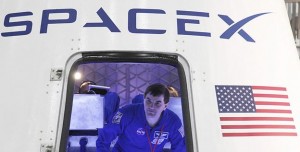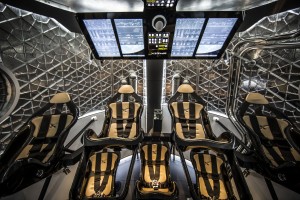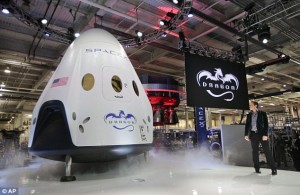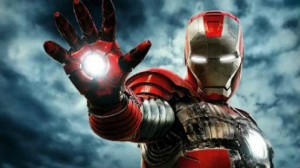
The fashion world is dynamic and constantly changing industry. What is in today may not be in tomorrow. What is a fashion faux pau last season could be the new hottest thing in the coming season. As a result, some items and trends might be outdated before they even make it to the shelf because it can take so long bring an item or trend to market. This is what makes Zara different from its competitors. Zara can take something from its design phase to mass distribution to its thousands of stores in as little as four to five weeks. This crazy fast turnaround time is one of the keys to Zara’s success and has made the founder the 3rd richest man in the world.
Zara starts by understanding, not predicting, fashion trends in order to deliver what the customer wants instead of trying to be the innovators. After understanding the trends and what their customers want, they imitate the products of their competitors, send the designs to their many manufacturing facilities located primarily in Europe but also in Asia, and deliver the finished products to their stores twice a week. In addition, Zara designs apparel in five waves each season to avoid overlap in the changing seasons. Zara depends on information form it thousands of stores to determine which items customers’ love and which ones flopped. The ones that remain hot, Zara will continue to produce for a while until they fallout of favor while they cease production almost immediately of items consumers are not picking up on. This line of communication between the stores and HQ ensures that the customers decided demand and supply.
At their core, Zara was built around this concept of giving the customer what they want and this integrated model and line of communication between the stores and the design team is essential to maintain this. If there is a correction that needs to be made to an item in production, the stores communicate this to HQ and a corrected item is on the shelves in two weeks. This is done by what Zara calls proximity sourcing. The production centers for highly volatile fashion items like skirts and blouses are in Spain and other parts of Europe in order to keep up with the changes in fashion while production for other items like t-shirts occurs in Asia since changes do not occur as rapidly. These aspects of Zara make it one of the most unique fashion retailers and one of the best positioned ones to answer customers needs in an constantly changing environment.
Do you know of a company that has such a fast turnaround? If not, can you think of a company that should follow Zara’s steps? What do you think of Zara’s strategies?
http://www.thisismoney.co.uk/money/markets/article-2799177/zara-s-fast-paced-fashion-revolution-pays-till-storming-success-retailer-s-customer-focused-designers.html
http://www.telegraph.co.uk/finance/newsbysector/retailandconsumer/11172562/How-Inditex-became-the-worlds-biggest-fashion-retailer.html




